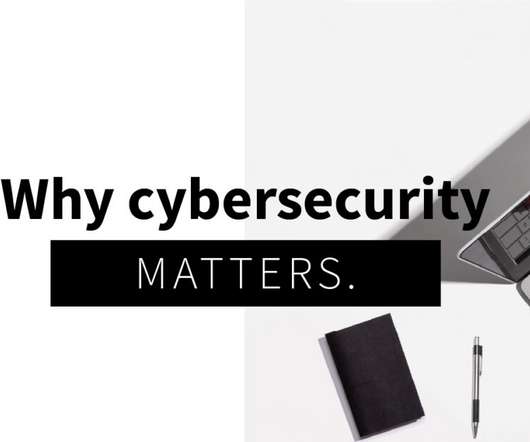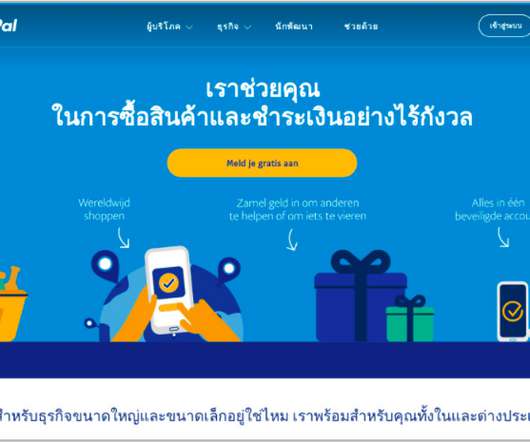Understanding Cybersecurity
SiteLock
AUGUST 27, 2021
With database access, thieves can use the data to commit fraud, blackmail, extortion, identity theft and to turn a quick profit by selling it to other criminals on the dark web. Operating system security. Good cyber hygiene isn’t only about software and systems. It’s also about people.











Let's personalize your content